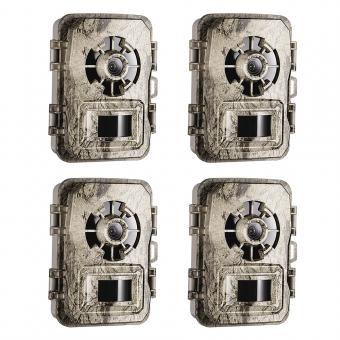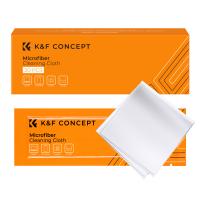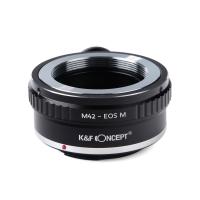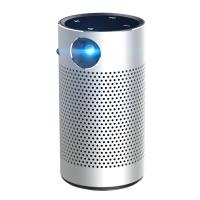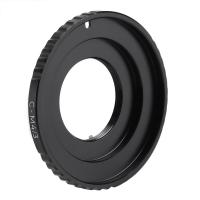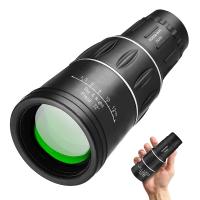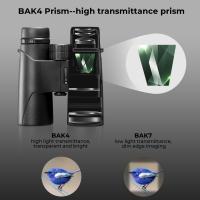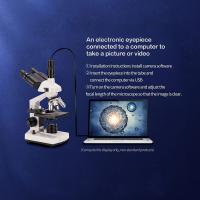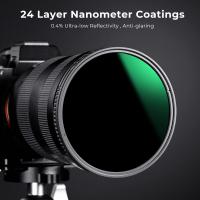How To Get Cheek Cells For Microscope ?
To get cheek cells for microscope, you can follow these steps:
1. Wash your hands thoroughly to avoid contamination.
2. Swish your mouth with water to remove any food particles.
3. Gently scrape the inside of your cheek with a toothpick or a cotton swab.
4. Rub the toothpick or cotton swab onto a clean glass slide.
5. Add a drop of water to the slide to help spread the cells.
6. Place a cover slip over the water and gently press down to flatten the cells.
7. View the slide under a microscope at low power first, then adjust to higher power to see the cells more clearly.
You should be able to see the cheek cells under the microscope. They will appear as small, flat, irregularly shaped cells with a dark nucleus in the center.
1、 Buccal swab technique
One way to get cheek cells for microscope observation is through the buccal swab technique. This method involves gently scraping the inside of the cheek with a cotton swab to collect cells. The swab is then placed on a microscope slide and stained for observation.
To perform the buccal swab technique, first, the person should rinse their mouth with water to remove any debris or food particles. Then, they should use a sterile cotton swab to gently scrape the inside of their cheek for about 30 seconds. The swab should be rotated to ensure that all areas of the cheek are sampled. The swab is then placed on a microscope slide and allowed to air dry. Once dry, the slide can be stained with a suitable stain, such as methylene blue or Giemsa stain, and observed under a microscope.
The buccal swab technique is a non-invasive and easy way to collect cells for observation. It is commonly used in forensic science for DNA analysis and in medical research for genetic testing. However, it is important to note that the quality of the sample collected can vary depending on the technique used and the skill of the person performing the swab. Therefore, it is recommended to follow proper protocols and use sterile equipment to ensure accurate results.
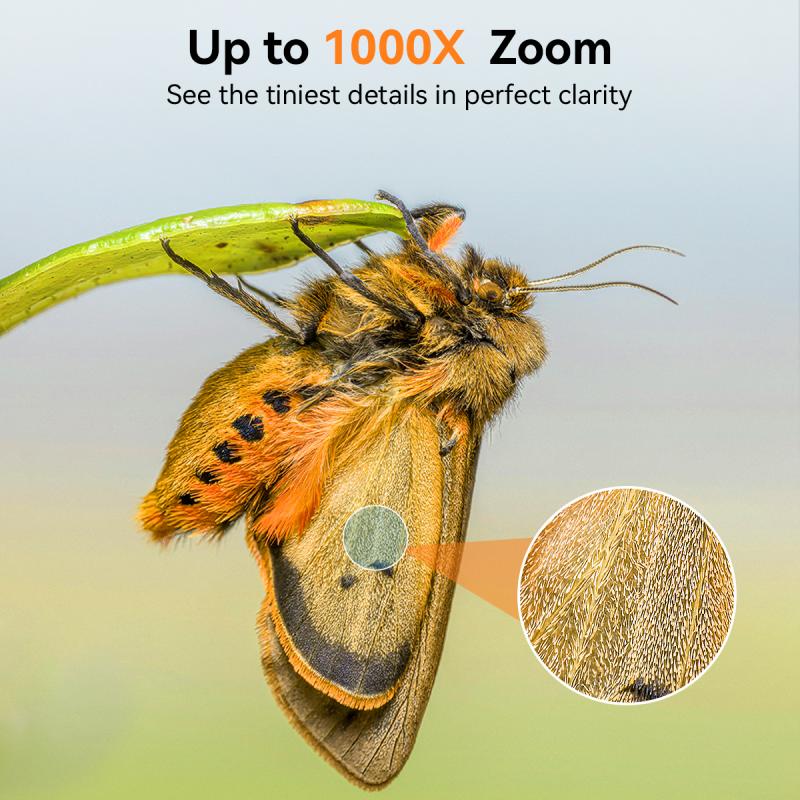
2、 Scraping with a toothpick
One way to get cheek cells for microscope observation is by scraping the inside of the cheek with a toothpick. This method is simple and can be done at home with minimal equipment. To do this, one should first wash their hands thoroughly to avoid contamination. Then, they should gently scrape the inside of their cheek with a clean toothpick, being careful not to cause any injury or discomfort. The collected cells can then be transferred onto a microscope slide and stained with a suitable dye for observation.
It is important to note that while this method is easy and accessible, it may not yield the best quality of cells for observation. The collected cells may be damaged or contaminated, leading to inaccurate results. Additionally, the cells collected may not be representative of the entire population of cells in the cheek, as they may only come from a small area.
Therefore, for more accurate and reliable results, it is recommended to obtain cheek cells through a professional medical procedure, such as a buccal swab. This involves using a specialized swab to collect cells from the inside of the cheek, which are then sent to a laboratory for analysis. This method ensures that the collected cells are of high quality and representative of the entire population of cells in the cheek.
In conclusion, while scraping with a toothpick is a simple and accessible method for obtaining cheek cells for microscope observation, it may not yield the best quality of cells. For more accurate and reliable results, it is recommended to obtain cheek cells through a professional medical procedure.
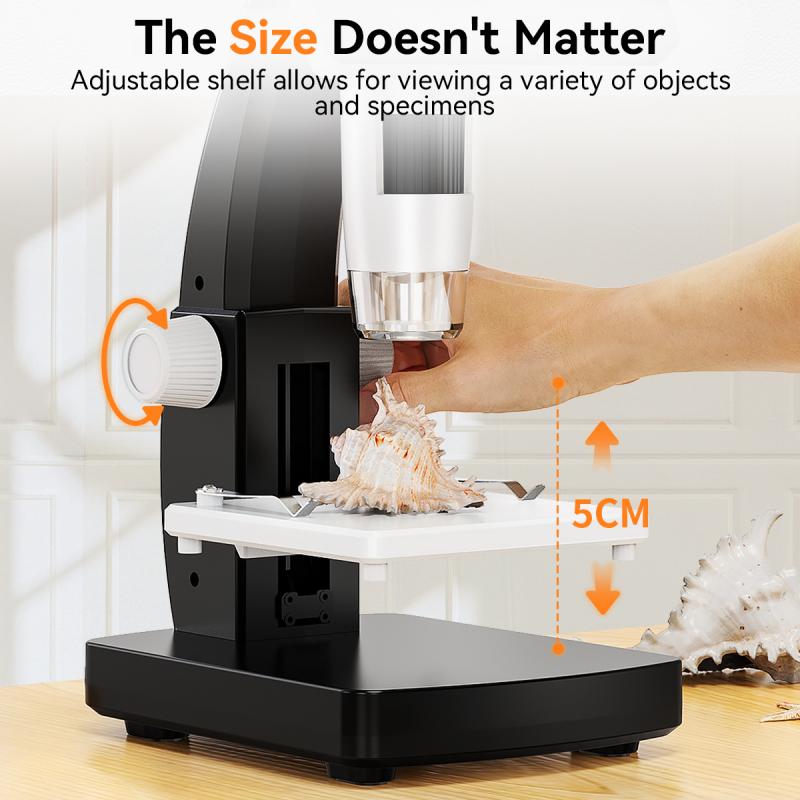
3、 Mouthwash rinse method
How to get cheek cells for microscope? One of the easiest and most common methods is the mouthwash rinse method. This method involves swishing a small amount of mouthwash in your mouth for about 30 seconds and then spitting it into a container. The mouthwash will collect the loose cells from the inside of your cheek, which can then be transferred onto a microscope slide for observation.
To prepare the slide, a drop of water is placed on the center of the slide, and then a sterile cotton swab is used to gently scrape the inside of the cheek. The swab is then dipped into the water droplet on the slide, and the cells are spread out by gently pressing a cover slip onto the slide.
It is important to note that the mouthwash rinse method may not yield the best quality of cells for observation, as the cells collected may be damaged or contaminated by the mouthwash. Additionally, the method may not be suitable for individuals with sensitive gums or mouth sores.
Recent studies have also shown that the use of mouthwash containing alcohol may alter the oral microbiome, which could affect the quality of the cells collected. Therefore, it is recommended to use an alcohol-free mouthwash for this method.
In conclusion, the mouthwash rinse method is a simple and convenient way to collect cheek cells for observation under a microscope. However, it may not yield the best quality of cells and should be used with caution, especially for individuals with sensitive gums or mouth sores.

4、 Saliva collection method
How to get cheek cells for microscope:
To get cheek cells for microscope, follow these steps:
1. Wash your hands thoroughly with soap and water.
2. Use a cotton swab to gently scrape the inside of your cheek. Rub the swab against the inside of your cheek for about 30 seconds.
3. Place the swab onto a clean glass slide.
4. Add a drop of water to the slide to help spread the cells.
5. Place a cover slip over the cells.
6. Observe the cells under a microscope.
Saliva collection method:
The saliva collection method is another way to obtain cheek cells for microscope observation. This method involves spitting into a collection tube or onto a glass slide. The saliva contains a mixture of cells from the mouth, including cheek cells. This method is less invasive than the cotton swab method and can be used for DNA testing.
Recent studies have shown that saliva collection is a reliable and non-invasive method for obtaining genetic material for research purposes. It has also been used in the diagnosis of diseases such as COVID-19, where saliva samples are collected for testing.
In conclusion, both the cotton swab and saliva collection methods can be used to obtain cheek cells for microscope observation. The saliva collection method is a less invasive and reliable method for obtaining genetic material for research purposes.




















